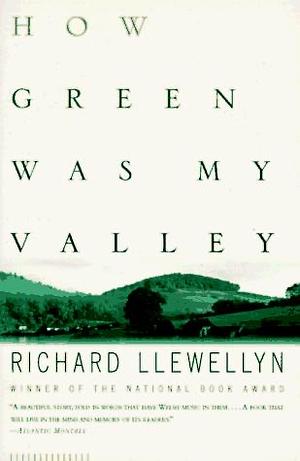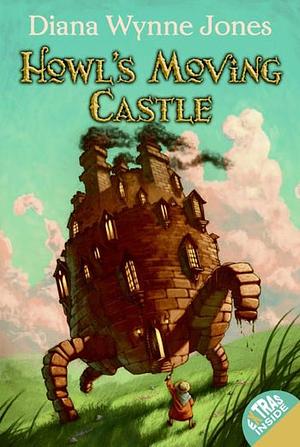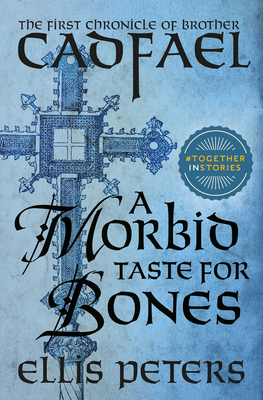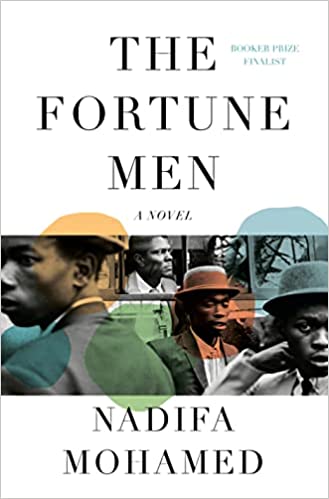 The inception of this novel is extremely creative. Ransom Riggs began collecting unusual old photos from bins in resale shops. Then he became acquainted with similar collections owned by other people. He noticed that many of the more interesting photos were of children and decided to write a story around them (some having been lightly edited).
The inception of this novel is extremely creative. Ransom Riggs began collecting unusual old photos from bins in resale shops. Then he became acquainted with similar collections owned by other people. He noticed that many of the more interesting photos were of children and decided to write a story around them (some having been lightly edited).
Jacob Portman has grown up hearing his grandfather Abe’s stories about life in a children’s home during World War II after he escaped the holocaust. These stories featured children with seemingly magical abilities all staying in a lovely school on an island off Wales. As he grows older, he dismisses these stories as fairy tales.
Now Abe is getting paranoid and senile, and 16-year-old Jacob is trying to keep his parents from putting him in a home. One day Abe calls Jacob demanding the key to the arsenal of weapons he keeps in his shed. Jacob’s father has hidden the key for fear his father could be dangerous. When Jacob arrives at his grandfather’s home, the old man is dead, and in the woods Jacob thinks he sees a monster with tentacles in its mouth.
Jacob suffers from horrible nightmares after this incident, so his parents put him into treatment with a Dr. Golan. Not so sure he was hallucinating, Jacob decides he wants to travel to the island in Wales and try to find out about his grandfather’s past. His father agrees to take him only after Dr. Golan decides it is a good idea. When Jacob arrives on the island, though, all he can find is a ramshackle old house destroyed in a World War II bombing containing a chest full of odd photographs of children.
Of course, there is more to it than that, and eventually we find ourselves back in the past and in the requisite battle of good against evil. That’s where the creativity of this novel breaks down for me. I love the Harry Potter books, which also have this theme, but they have a richness of detail and originality that is lacking in many other works in this genre. Perhaps I am a poor audience for books written for teens, too, for I often feel they lack fullness of characterization and have a certain first-person teenage narrative style that I find irritating (adult author pretending to be a teenager). This novel also callously discards Jacob’s parents, those too cumbersome quantities for fiction for this age. First, the parents are flat ciphers, and finally we leave them behind altogether.
This is not to say, though, that older children and teens won’t enjoy this novel. I think they will, and they’ll be entertained by looking at the pictures. I think young children could get nightmares from some of them, though.
Perhaps this is unfair, but I’m an adult, and I’m only going to give the best reviews to books that entertain me as an adult, even if they’re for younger people. That’s a high standard but one that is possible to meet and that is a characteristic of the best children’s and young adult fiction.
This book was written to have a sequel, by the way, so don’t expect the ending to be neatly wrapped up.











